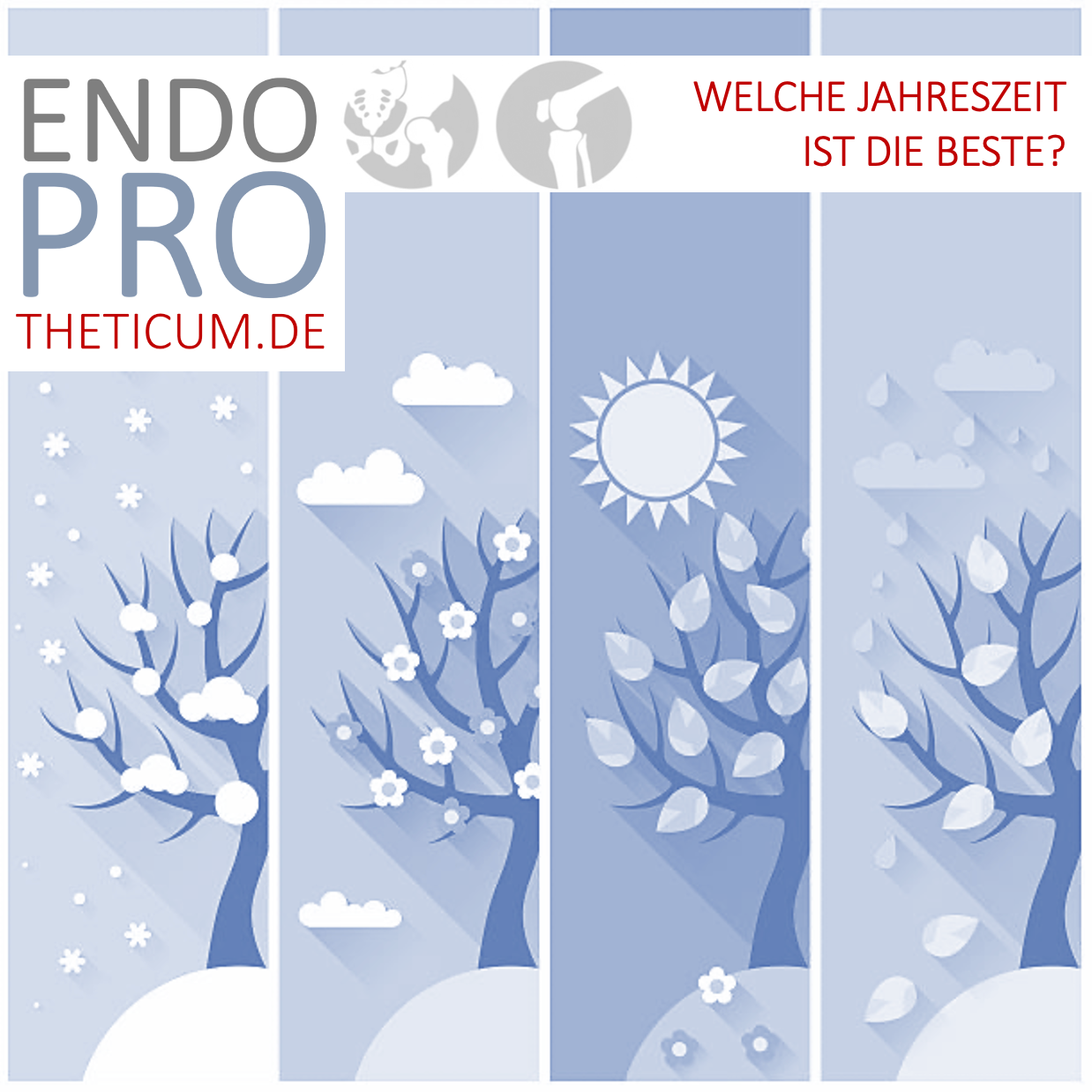Sled prostheses: The minimally invasive solution for knee osteoarthritis
How the sled prosthesis works for knee osteoarthritis and what the decision criteria are

The sled prosthesis, also known as a unicondylar knee prosthesis, provides a minimally invasive option for treating knee osteoarthritis. It is particularly suitable for patients in whom osteoarthritis only affects part of the knee joint. This comprehensive blog post details the advantages, disadvantages and decision factors for a sled prosthesis.
What is a sled prosthesis?
A sled prosthesis only replaces part of the knee joint, usually the inner or outer joint area. This differs from total endoprosthesis (TEP), which replaces the entire knee joint. The sled prosthesis is often used in a minimally invasive manner, allowing for faster recovery and less postoperative pain.
Advantages of the sled prosthesis
1. Minimally invasive procedure
- Smaller Incisions: The procedure requires smaller incisions, resulting in faster healing and less scarring.
- Less tissue damage: Because only part of the knee is replaced, more of the natural bone and ligaments are retained.
2. Faster recovery
- Shorter hospital stays: Patients typically spend less time in the hospital and can return to normal activity more quickly.
- Less rehabilitation: Rehabilitation is often shorter and less intensive compared to total arthroplasty.
3. Better mobility
- More natural feel: Because much of the knee joint is retained, many patients report a more natural feel in the joint.
- Ligament preservation: The cruciate ligaments normally remain intact, resulting in better stability and mobility.
4. Fewer complications
- Lower risk of infection: The less invasive nature of the procedure reduces the risk of infections and other complications.
- Less blood loss: Blood loss during surgery is usually less than with total endoprosthesis.
Disadvantages of the sled prosthesis
- Limited applicability
- Not suitable for everyone: Patients with advanced knee osteoarthritis or damage in multiple areas of the knee may not be suitable candidates.
- Strict indications: Patient selection requires careful evaluation by the orthopedic surgeon.
2. Long-term durability
- Possible need for revision: Sliding prostheses may have a shorter lifespan than total endoprostheses, which may result in subsequent revision procedures.
- Wear and tear on the unaltered part of the joint: The remaining, natural part of the knee may continue to wear down, which may require additional procedures.
3. Complexity of the operation
- Technical challenge: The use of a sled prosthesis requires a high level of precision and experience on the part of the surgeon.
- Post-operative challenges: Although recovery may be quicker, post-operative complications can occur that require careful follow-up care.
Sled prosthesis yes or no? Decision support for patients
1. Diagnostic criteria - Degree of osteoarthritis: An accurate diagnosis of the degree of osteoarthritis and the affected knee areas is crucial. - General health: The patient's general health and lifestyle play an important role in the decision.
2. Consultations with doctors - Professional advice: Seek comprehensive advice from an experienced orthopedist who will explain the advantages and disadvantages of the sled prosthesis. - Second opinion: If necessary, obtain a second opinion to ensure that the proposed treatment is the best option.
3. Personal Preferences - Lifestyle and Activity Level: Consider how the procedure will affect your lifestyle and daily activities. - Long-term planning: Consider your long-term health goals and possible future procedures.
Postoperative care and rehabilitation
1. Rehabilitation plan - Physiotherapy: A targeted rehabilitation plan is essential to improve mobility and strengthen muscles. - Pain Control: Pain management and anti-inflammatory measures promote faster recovery.
2. Long-term care - Regular follow-up visits: Regular check-ups with an orthopedist help monitor the condition of the prosthesis and the knee joint. - Stay active: An active lifestyle, including appropriate exercises and activities, supports the long-term function of the prosthesis.
Conclusion
The sled prosthesis represents a promising minimally invasive option for patients with limited knee osteoarthritis. It offers numerous advantages such as faster recovery and better mobility, but also presents some disadvantages and risks. Careful consideration of individual health factors and comprehensive advice from specialists are crucial to making the best decision for your health needs.
By considering the above aspects and careful postoperative care, patients with a sled prosthesis can achieve a significant improvement in their quality of life and mobility.
Frequently asked questions about the sled prosthesis
How long does a sled prosthesis last?
- The lifespan of a sled prosthesis can vary, but is typically between 10 and 15 years, depending on factors such as the patient's activity level and weight.
Can I do sports after a sled prosthesis?
- Yes, many patients can be active again after rehabilitation, but highly stressful sports should be avoided.
What risks are associated with a sled prosthesis?
- As with any surgery, there are risks such as infections, blood clots and complications associated with the prosthesis, but these are usually lower with a minimally invasive sled prosthesis than with a total endoprosthesis.
How does the sled prosthesis differ from the total endoprosthesis?
- The sled replacement replaces only part of the knee joint and is less invasive, while the total knee replacement replaces the entire knee joint and is a more extensive operation.
Is a sled prosthesis suitable for me?
- This depends on several factors, including the degree of osteoarthritis, the areas of the knee affected, and your overall health. An orthopedist can help you make the best decision.
Final thoughts
A sled prosthesis can be an excellent option for patients with limited knee osteoarthritis who are looking for a less invasive solution. With careful selection and proper postoperative care, many patients can lead pain-free, active lives. Talk to your doctor about your options and find out if a sled prosthesis is the right choice for you.
By making an informed decision and preparing well, you can maximize the benefits of a sled prosthesis and significantly improve your quality of life.
MAKE AN APPOINTMENT?
You are welcome to make an appointment either by phone or online .



























